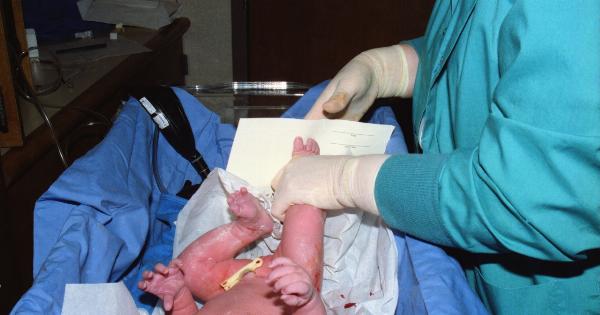After having a C-section (Caesarean section) for the birth of your first child, you may be wondering if it’s possible to have a vaginal birth for your subsequent children.
The good news is that it is possible, and it’s called a VBAC (Vaginal Birth After C-Section).
Eligibility
Not all women are suitable candidates for a VBAC.
Your eligibility will depend on the reason that you had a C-section in the first place, how many C-sections you’ve had, the type of incision made during your C-section, and the position and size of your baby. You may also need to consider the policies of your healthcare provider and the hospital where you plan to give birth.
Factors that can increase your chances of a successful VBAC
There are several factors that can increase your chances of having a successful VBAC:.
- Your first C-section was due to breech presentation, failure to progress, or fetal distress
- You’ve had only one previous C-section
- Your previous C-section used a low-transverse incision
- You’ve had a successful VBAC in the past
- Your labor starts spontaneously
- You have a favorable cervix
- Your baby is not in a breech or transverse position
- Your baby is of average size
Risks and benefits of a VBAC
A VBAC can have several benefits for both you and your baby:.
- Reduced risk of infection
- Shorter recovery time
- Reduced risk of bleeding
- Lower risk of respiratory problems for your baby
However, a VBAC can also carry risks such as:.
- Uterine rupture
- Increased risk of infection
- Increased risk of bleeding
- Increased risk of emergency C-section
Preparing for a VBAC
To prepare for a VBAC, you may need to:.
- Find a healthcare provider who supports VBAC
- Develop a birth plan in collaboration with your healthcare provider
- Undergo regular antenatal check-ups to monitor your health and the health of your baby
- Undergo a trial of labor to see if it’s possible to have a vaginal birth
The delivery process
During a VBAC, you will be monitored closely for signs of uterine rupture or other complications. If everything goes well, you will deliver your baby vaginally. If there are any signs of complications, you may need an emergency C-section.
After the delivery
After a successful VBAC, both you and your baby will need to be monitored for any signs of complications. You may also need to stay in the hospital for a few days to ensure that both you and your baby are healthy.
Conclusion
A VBAC can be a safe and successful way to deliver your baby if you are a suitable candidate. However, it’s important to discuss your options with your healthcare provider and to make an informed decision based on your individual circumstances.






























